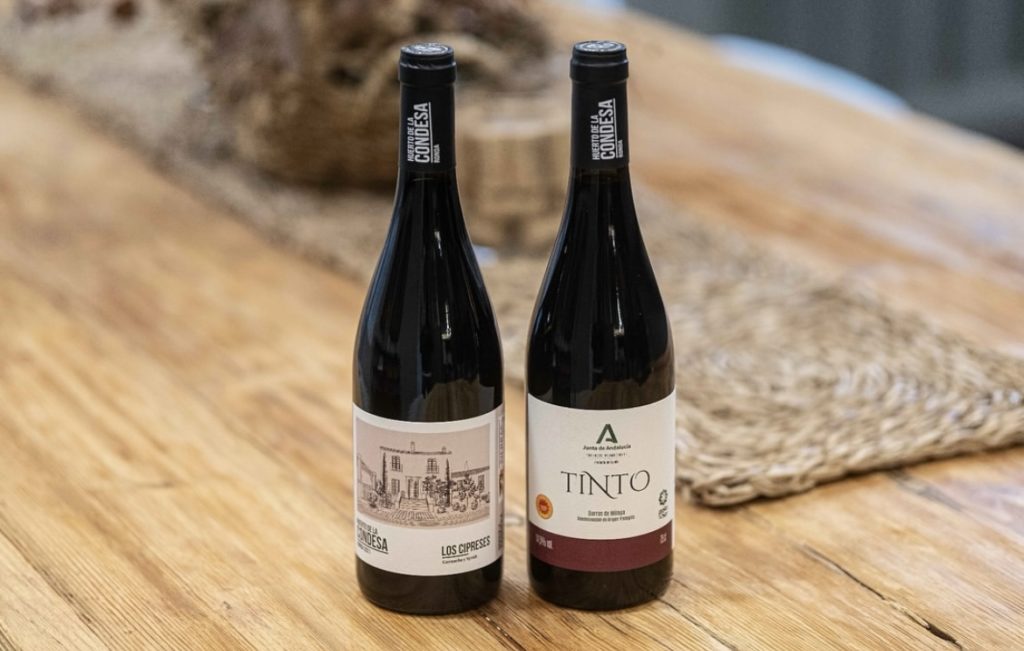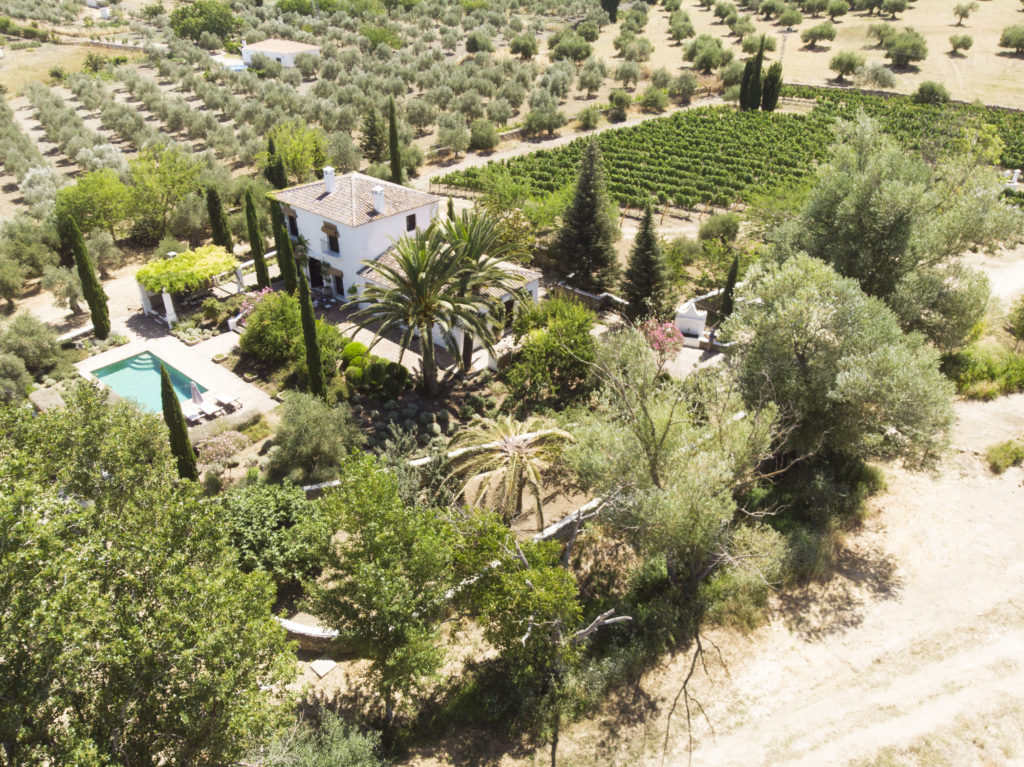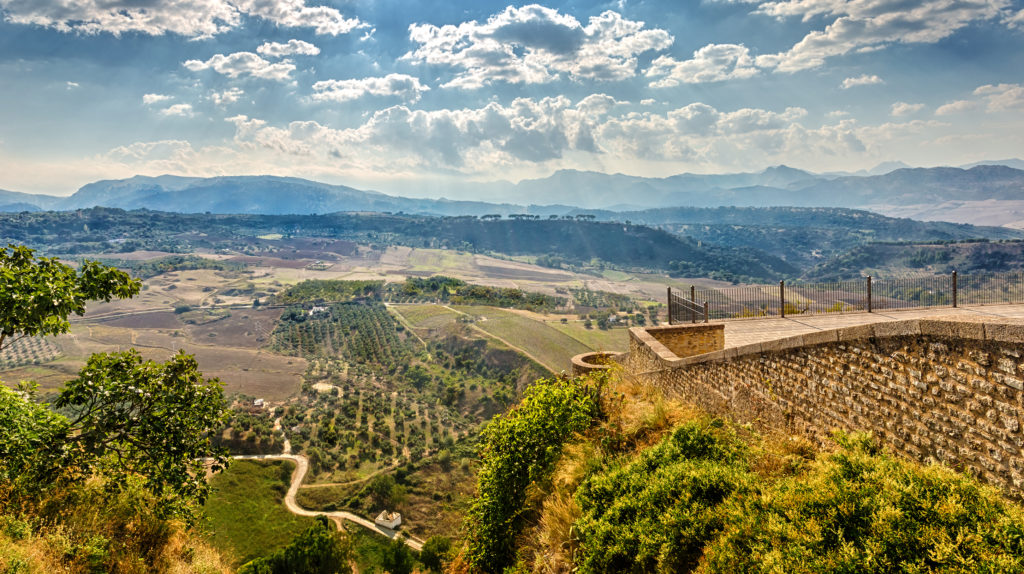Los Cipreses Tinto 21. Embajador de Andalucía.

Nos complace recordaros que en diciembre de 2024, nuestro vino Los Cipreses 21 fue elegido para representar institucionalmente a la Junta de Andalucía. Esta distinción, otorgada tras una rigurosa cata a ciegas organizada por el Consejo Regulador de la D.O. Sierras de Málaga seleccionó a nuestro vino entre otros 32 con crianza superior a 12 […]
The start of a new adventure. Preface.

Huerto de la Condesa is a small farm located within the old Heredad de la Condesa or Nuestra Señora de los Dolores, owned by the Countess of Guadalevín, which has been one of the traditional farms in Ronda, and which stands out for the fact that the gardens were designed by Nicolás Forestier, author among […]
The wines of Ronda I. Until the Prince Alfonso de Hohenlohe.

Bartolomé Nieto, in his publication “History of Viticulture in the Serranía de Ronda”, after enormous work, has collected the evolution of the vineyards in Ronda and its region from antiquity to the beginning of the 21st century, a book that we have used as a main basis for this article. In pre-Roman excavations carried out […]

